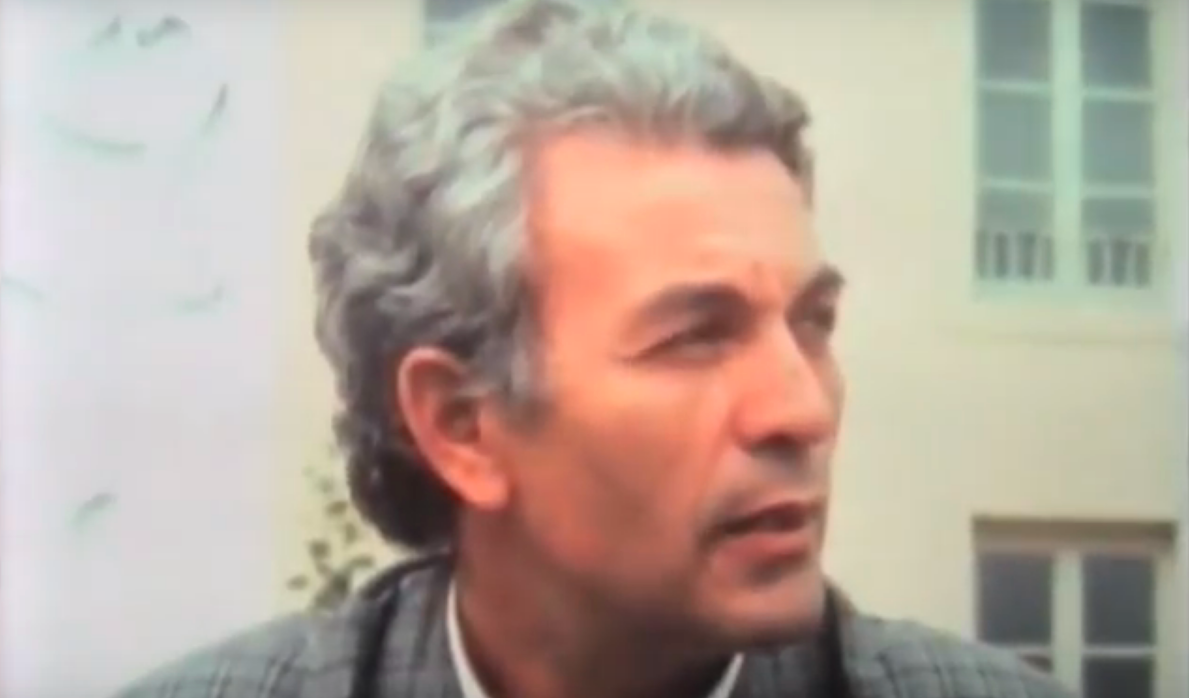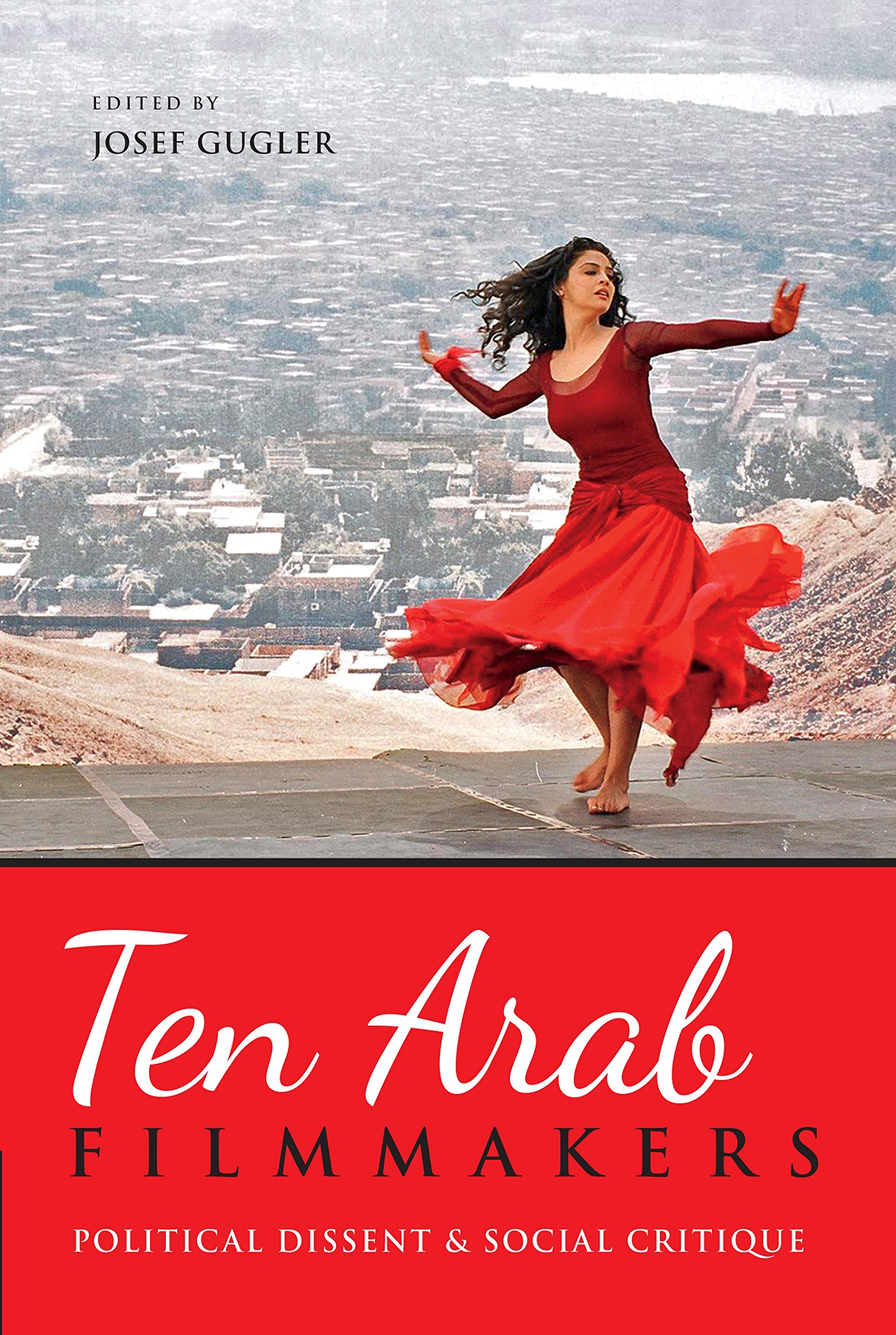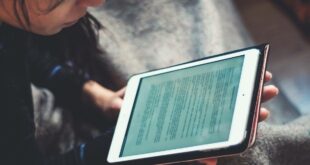Issue 23, winter/spring 2017
https://doi.org/10.70090/GA1710AF
The following is an excerpt from the anthology Ten Arab Filmmakers edited by Josef Gugler and published by Indiana University Press (2015).
Mohamed Chouikh occupies a key position as a kind of relay between the post-colonial, idealized Algeria of the 1960s and what one might call the contested, dysfunctional Algeria of the 1980s and since. As an actor, he played a part in the pioneering Algerian films of the sixties and early seventies, sometimes known as cinema moudjahid or what we might call freedom-fighter cinema, predominantly state-sponsored, nationalist commemorations of the liberation struggle against French colonial rule. But his work as director, especially his mature work from The Citadel (1988) onward, interrogates the social, cultural, and political power of the Algerian state. Chouikh in this way embodies a general shift within Algerian cinema from the nationalist and anticolonial confidence of the presidency of Boumediene (1965-1978) to the disjuncture between the state and the people, the contestation of the one-part system of the FLN (Front de libération nationale), and the search for emancipation from traditional conceptions of gender, history, and power of the 1980s and since (see Austin 2012). His work can in this way be related to current forms of Algerian protest and can be read as mirroring the disillusionment of the Algerian people with state power. This cinema of contestation has focused in particular on women’s ri
ghts, and on the codes of violence (both literal and symbolic) that are imposed upon women in the Arab world. In terms of aesthetics, Chouikh’s cinema makes sustained use of allegory, metaphor, and symbol, but rather than instrumentalizing these as means to perpetuate a nationalist discourse based on realism, Chouikh effectively uses them as forms of critique, as well as—less obviously—in order to celebrate the possibilities that he still locates in values such as pluralism and tolerance, and in formal terms in the visual construction of space.
***
The Desert Ark: An Allegory of Civil Conflict
After President Boudiaf’s return and assassination, predicted in the narrative of Youcef, Algeria slid into a traumatizing conflict. The so-called civil war of the 1990s saw up to 200,000 killed in a struggle between state autocracy and Islamic fundamentalism (see Stora 2001). The Desert Ark (L’Arche du desert, 1997) figures the violent disputes over Algerian identity at this time—and beyond that, competing conceptions of Arab identity—as a series of spatial compositions. By setting the film in the desert, in a village served by an oasis, Chouikh maximizes the tensions around the possession of habitable space. But there is also a political resonance here since the desert (known in Algeria simply as “the South”) is also a place of exile and escape. It is here that certain resistance leaders who had participated in the war against the French were imprisoned, and subsequently after independence it was again in the desert that resistance fighters from other factions were imprisoned by the victorious FLN. More recently, in the nineties, the desert had become a place of asylum since it offered a potential escape from the violence that surrounded Algiers and much of northern Algeria. Without reducing the representation of space to the schematic, Chouikh manages in The Desert Ark to present the desert village as a series of interrelated spaces where different levels of codified behavior (and different levels of freedom from such strictures) are situated.
We might compare the tension established in the film between such spatial restrictions and the open spaces of the desert beyond with Deleuze and Guattari’s description of the desert as a smooth, “horizonless” space of nomadic possibilities (see Deleuze and Guattari, 2004, 418). Throughout the film, from the opening shot onward, the desert is presented as an infinite space, a reflection of the sky, often shown at sunset or sunrise. The village beside the oasis is an enclave within this vast almost abstract space where a community of two tribes (signified by green and blue flags) has been established. Social hierarchies and functions (each villager has a specific role, each tribe has its elder and its priest, one tribe dominates the other but coexistence is guaranteed, as in a caste system) ensure the continued survival of this community. But it is significant that certain freer forms of identity are not accommodated by this social structure. This is particularly a question of desire and of the breaking of taboos. Hence the early scene that motivates the entire narrative takes place, importantly, outside the palisade, on the edge of the desert, where two unmarried lovers from opposing tribes (Myriam and Amin) are discovered embracing.
Immediately separated, the couple are kept apart by the village and by their own tribes. While Amin is beaten and later escapes to a ruined citadel outside the village, Myriam is incarcerated in a series of enclosed spaces. These include: the tower of the marabout where she runs to seek asylum; the family home where she is chained to prevent escape; the temple where she is tied up to have the “devil” inside her driven out; the cell where she is imprisoned prior to her wedding; and finally the tent where she is required to consummate an arranged marriage with a member of her uncle’s tribe (they arrive to take possession of the village and of Myriam herself). Tribal segregation is moreover enforced by a series of barriers erected within the village, dividing it up into green and blue zones. This attempt to police space, in Deleuze and Guattari’s terms to establish “fixed paths in well-defined directions, which restrict speed, regulate circulation” (Deleuze and Guattari 2004, 425), is ridiculed when a herd of goats pushes past the barriers and carries on, oblivious.
The theme of exile here is less a political commentary on the discontents of the FLN, or a reflection on the fate of returning leader Mohamed Boudiaf, than a means of visualizing in space the exclusion of certain ways of being in Arab culture. Halfway through the film the site of an alternative community is revealed when the independent, unmarried Houria and her followers (predominantly but not exclusively unmarried women) are shown as a series of black-clad silhouettes watching the action from outside the village. These exiles congregate around Houria, who is described by the old man El Moutanabi as “the mother of the citadel”; they live in a ruin that has been abandoned by the current community. Thus in both space and time this group is othered, beyond the pale and yet also in touch with long-standing forms of existence that have been rejected by the villagers. This is not a question of religion (notably, the village in this regard is spatially dominated by the marabout’s tower rather than by any mosque, and practices pre-Islamic folk beliefs), but an openness that accommodates plurality, desire, pleasure, and excess outside of social structures and strictures. Hence Myriam and Amin are welcomed but marriage is shunned. The exiles, especially Houria, dance and sing, not in a formalized group but as individuals. There is thus a clear distinction between their self-expression in dance and the more structured ritual performances of the villagers celebrating Myriam’s hastily arranged wedding. For the latter sequence, Chouikh pans slowly along a group of women singing and making rhythmic gestures, but all seated and in a sense homogenous. There is a binding sense of conformity here, as in the many wedding scenes that regularly punctuate Arab cinema and that characteristically show the genders as segregated: to take just two examples among many, this is evident in the Algerian comedy Omar Gatlato (Allouache, 1976) and the Tunisian coming-of-age film Halfaouine (Boughedir, 1990). But in The Desert Ark when the exiles dance in a cave-like space within their ruined citadel, they do so as individuals, men and women alike, and the camera circles back and forth without any sense of linearity or division. The exiles are also free from the taboos and customs that regulate female dress and comportment. Houria embodies this freedom: her hair is always free, her arms bare, and as well as singing and dancing she also curses, spits, and even at one point begins shaking and having a fit as Myriam is recuperated by her own tribe and taken away to be forcibly married.
Chouikh’s use of symbolism at the end of the film involves a young boy, Salim, escaping a massacre that engulfs the village to set off in search of a place where “they don’t kill children and burn houses.” The allusion to the atrocities of the black decade is clear. As the screenplay (reproduced in full in Taboulay 1997) notes, the desert is the only solution. Notably, Houria and most of her colleagues have left too, walking into the desert, seemingly to form another alternative, women-dominated community where taboos are again challenged as in Hamlet of Women (2005). Chouikh’s final sequence here can be compared to the ending of Rachida (2002) by his wife—and the editor of most of his films—Yamina Bachir-Chouikh. Rachida ends demonstratively with the gaze of the eponymous young schoolteacher straight at the spectator in the aftermath of a massacre. This gaze signifies Rachida’s defiant survival despite the atrocities she has experienced, and despite being one of the principal targets of fundamentalist violence, namely a “modern” woman. At the end of The Desert Ark the symbolic survivor of the massacre is Salim, and he too glances at the camera before setting off into the desert. The look at the camera in Chouikh’s film is only a brief glance, but nonetheless breaks down the so-called “fourth wall” of film spectatorship. The fleeting nature of this glance makes it all the more startling, a challenge to the adults, the (male) elders, the patriarchal leaders of the state who, as in Chouikh’s other mature films, have failed to protect the dispossessed, the subaltern and the children of the community.
***
Symbolic Violence, Space, and Aesthetics
It is through his construction of space that Chouikh depicts the violence (literal and symbolic) that builds within the microcosmic communities of his films, as well as the possibility of survival in alternative sites. In Chouikh’s contestatory cinema, violence is visited upon the bodies of the dispossessed—bodies that Khanna has read as “disposable” in the actions of the Algerian state. But although there are moments of physical violence in his films—the assaults on women in The Citadel, Youcef, and Hamlet of Women, the massacre in The Desert Ark—it is principally symbolic violence that is evoked by Chouikh’s on-screen construction of space. As Bourdieu has noted, “space is one of the sites where power is asserted and exercised…as symbolic violence that goes unperceived as violence” (Bourdieu et al. 1999, 126). It is by means of spatial compositions that Chouikh’s filmmaking renders visible the invisible patterns of domination and submission, the symbolic violence that is otherwise naturalized, authorized, and thus effectively hidden by patriarchal structures such as the family code. Power over space, power as space, is crucial in his films.
The primary construction of space in Chouikh’s work is as a series of private enclaves where patriarchal power is expressed. At its most extreme, this is a question of the privatization of space—and of the Algerian women (by extension, the Algerian state, or the Arab state) as the private property of the male elite. Colonial history has played a part in entrenching such symbolic violence: certainly, for Assia Djebar, the Algerian woman under colonialism was “doublement emprisonnée dans cette immense prison” [doubly imprisoned in this immense prison] (Djebar 1980, 159). But outside colonial oppression, Chouikh has declared that in Arab culture “the woman’s body is the sole property of the man who owns her, and any gaze from outside is considered an intrusion on private property” (in Taboulay 1997, 46-47). Similarly, a number of writers and intellectuals have observed that after independence, the state in Algeria instrumentalized the anticolonial struggle, turning it into a commodity that legitimized the one-party system, and into a property that no longer belonged to the nation but to FLN alone. There was a prescient warning from Fanon that after independence, “the party which during the battle had drawn to itself the whole nation…is becoming a means of private advancement” (Fanon 2001, 137-138). In the nineties it became clear that the struggle itself had been appropriated: “La lutte du peuple algérien pour son indépendance a ét´privatisée…elle est devenue la propriété exclusive du FLN” [The struggle of the Algerian people for their independence has been privatized, it has become the exclusive property of the FLN] (Sansal 2006, 43). Chouikh makes frequent use in his films of settings that represent Algeria as an enclosure, a private space, even a prison. The recurrent tropes of incarceration in his cinema include the asylum and the cave in Youcef; the citadel itself in The Citadel (shut off from the outside world by huge boulders that block our first view of the community), the numerous enclosures where Myriam is imprisoned in The Desert Ark, and to some extend the isolated village in Hamlet of Women. This often overlaps with restrictions on women’s free circulation, particularly in The Citadel.
Positioned against these enclosed spaces are the alternative communities of The Desert Ark, Hamlet of Women, and even to some extent Youcef (the petitioners who congregate around Youcef at the mouth of his cave). If these spaces are not always utopian—the stranded boat on the sands at the end of The Desert Ark, for example, is clearly going nowhere—they are important in positing an alternative relationship with space, where the latter is not privatized nor a site of symbolic of literal violence. This is most positively expressed in Chouikh’s celebratory representation of infinite spaces. This can be compared to Teshome Gabriel’s conception of so-called Third World cinema as concerned with “spatial representation rather than temporal manipulation,” manifesting “Nostalgia for the vastness of nature…resulting in long takes and long or wide shots” (Gabriel 1989, 33). The Desert Ark is emblematic in this respect. When contemplating the vast panorama of land and sky, Amin declares, “How large the earth is!” and compares the desert to a boundless sea. The film begins with a slow pan across the desert dunes, which are first purple, then yellow, then green, and concludes with a similar image as Salim walks into a huge desert vista above which the sky is a series of brilliant colors. In terms of Chouikh’s filming of space, it is noticeable that both these sequences (the start and the ending of The Desert Ark) are shot with a camera panning from right to left. The direction of movement here evokes progression toward the future in an Arabophone culture, since it is the direction of reading and writing Arabic. As Chouikh says, “I usually start my tracking shots from right to left, as in writing Arabic” (in Taboulay 1997, 72) The same formal choice can be seen in the final scene of Rachida, and can be identified as a characteristic of Arab cinema, much as the left-to-right camera movement is prevalent in the cinema of the West. As Gabriel notes, in overly tentative terms, “It is quite possible that the direction of panning toward left or right might be strongly influenced by the direction in which a person writes” (Gabriel 1989, 45).
As regards film style, the documentary Maqam Echahid had demonstrated Chouikh’s willingness to rely on images rather than on commentary or dialogue to carry the meaning of his work, a choice that also informs his mature fiction films. The reliance on image over language was one means of avoiding the verbosity and ubiquity of the FLN’s rhetoric around nationalism and history, hence Chouikh’s desire to “articulate a narrative uniquely by means of the image at a time when all around me was empty talk” (cited in Taboulay 1997, 32). And it is imagery rather than dialogue that is the strongest vehicle of meaning—particularly the two levels of meaning in allegory—throughout Chouikh’s work. In this he is distinct from the “functionalization of the image by language” that Shafik has identified in mainstream Arab cinema (see Shafik 2007, 55). If Chouikh’s use of symbolism places him within an auteur tradition distinct from mainstream cinema and from the rhetoric of the state, his film aesthetic also seems to reflect the legacy of the ornamental in Arab art. According to Shafik, the representation of form as ornamental (rather than realistic or figurative) in Islamic art resulted in an art where “space rests unrestricted, beginning and ending are intertwined, the contradictions between light and shadow, up and down, are indissolubly connected. Rather than the ornament being bound to a finite vanishing point, the transition to the infinite seems open.” She continues: “It is because of Islamic art’s distance from reality and its refusal of figurative spatial representation that its principles were hardly applied in cinema” (ibid., 55). Yet at times Chouikh seems to present not just an allegorical critique of Algeria but a quasi-ornamental representation of space where “the transition to the infinite seems open.” Again, The Desert Ark is the best example of this tendency: “beginning and ending are intertwined” in the way that the almost abstract opening and closing shots mirror each other; light and shadow are “indissolubly connected” in the images inside the marabout’s tower and also in the desert itself. In the repeated shots of the desert in particular we see no clear vanishing point, no clear lines of Renaissance perspective, no landmarks. Therefore even at the end of such an ostensibly pessimistic film as The Desert Ark, the transition to the infinite is still a possibility, as shown in the last shot.
Regarding the aesthetic choices open to Arab filmmakers, Chouikh has asked: “What is expected of us? Certainly not to copy Western style, that would be meaningless. But by asserting our own aesthetic identity, we must be careful not to fall into folklore” (in Taboulay 1997, 40). In effect, over his career Chouikh has developed a film style that attempts to avoid both of these pitfalls, notably via an attention to the possibilities of non-Western form (in the direction of tracking shots for example, or the allusion to the centrality in Arab art of the ornament rather than the figure). In the process he has broken free of the constraints of state-sponsored cinema that informed his earliest roles as an actor and his earliest films as a director. His oeuvre since the late eighties can be said to represent a sustained allegorical critique of the modern-day Algerian state. But more than that, his work also suggests an opening toward other possibilities, be they thematic (the alternative communities of The Desert Ark and Hamlet of Women) or formal (the place of the infinite and the ornamental in representations of space) that suggest further possibilities for Algerian and Arab cinema.
 Arab Media & Society The Arab Media Hub
Arab Media & Society The Arab Media Hub






